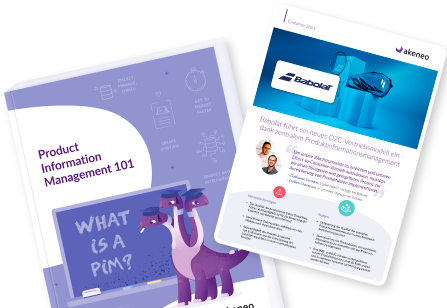Dec 13, 2022
7 min to read
The traditional methods that brands and retailers have been using to win customer's attention on the physical shelf for decades won't always translate to the digital shelf. What are the people, processes, and technology you need to win on this new digital frontier?
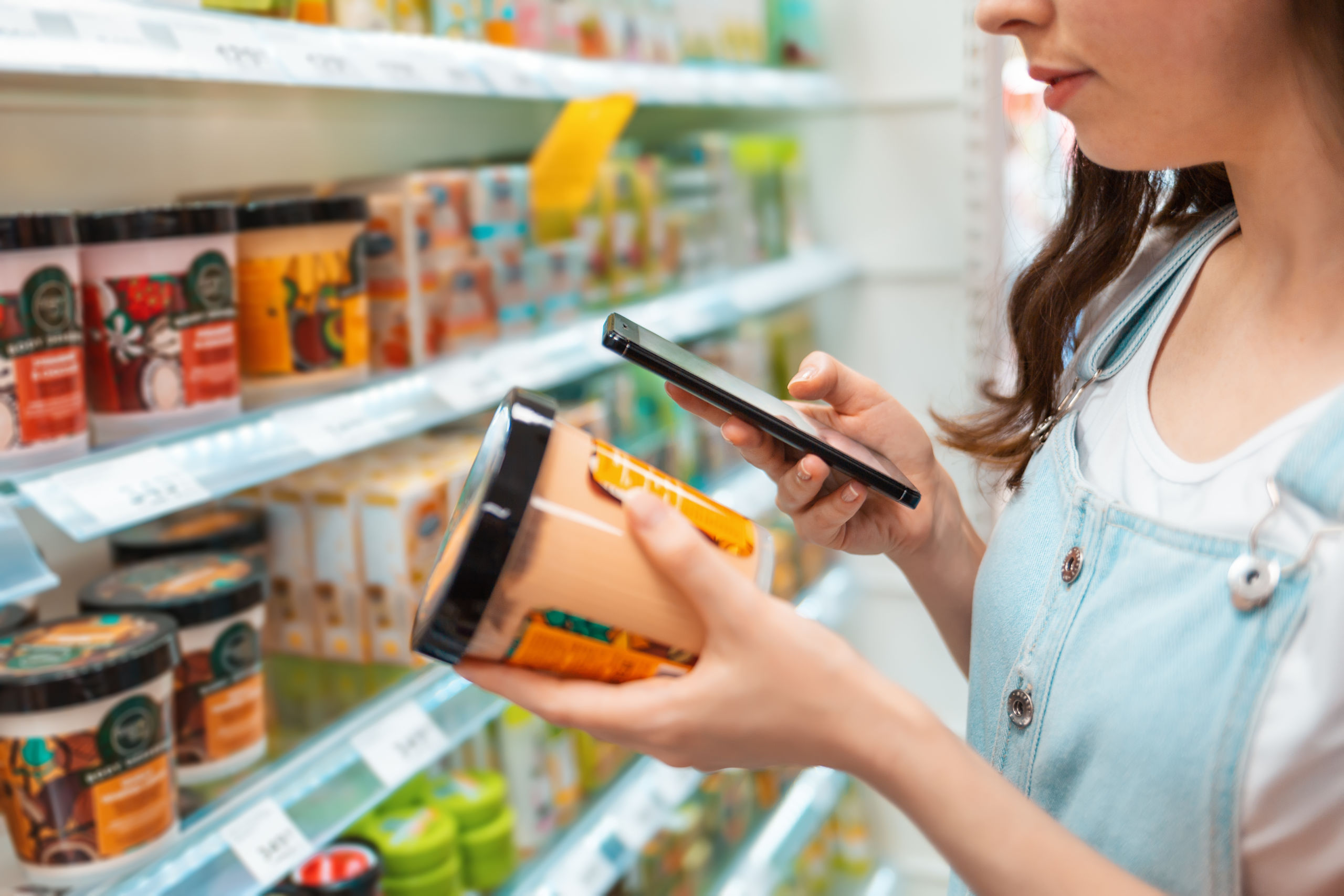
Let’s take a trip back in time, before the days of online shopping, Instagram ads, and Amazon storefronts.
How did we discover new brands before Google? How did we purchase and compare products before reading user reviews?
It’s simple; we would walk into a brick-and-mortar store (likely of a major retailer), scan the shelves for what we’re looking for, briefly compare the 2-3 options they may have, and make a purchase.
While many shoppers still prefer this in-person experience, both the pandemic and the Olympic-sized advances that technology has made over the past decade mean that the eCommerce sector has grown at a breakneck speed. The global eCommerce market currently sits at around $3.3 trillion today and is projected to hit $5.4 trillion by 2026.
So the question becomes: if some of my shoppers no longer have to go to brick-and-mortar stores to peruse a physical shelf, how do they discover and purchase my product? That’s where the digital shelf comes in.
The digital shelf is the virtual experience of browsing an in-store shelf. It’s the combination of digital touchpoints that a shopper may encounter as they’re discovering, researching, and purchasing products. This includes:
The digital shelf is wide and all-encompassing, mostly because it’s becoming more and more impossible to predict where your shoppers are going to come in contact with your brand. With new digital channels emerging almost in a constant stream, it’s becoming increasingly important for brands to implement a strong, omnichannel product activation strategy in order to stand out on the digital shelf. Taking a reactive, channel-by-channel approach means that your organization will be scrambling to keep up with new and evolving channels as they come up, instead of focusing on the overall experience that you provide to your customers. With the right people, processes, and technology in place, you can proactively focus on the product experience across every channel, whether it exists yet or not.
The old tactics used to win a customer’s attention on the physical shelf don’t always translate to the digital shelf. In a brick-and-mortar store, shoppers are able to touch, smell, or listen to the products, inspect the packaging, and physically compare options.
And while this exact experience isn’t replicable on the digital shelf, the virtual retail landscape offers some enticing advantages for brands to provide an even more compelling experience for their customers. Now, they’re able to compare hundreds of competitors and retailers at once, utilize visual assets like photos and videos to better understand the product, and sift through thousands of real-user reviews without ever leaving their home.
Consumers today are omnichannel by nature. Even if they decide to go to a physical location and purchase a product in-person, chances are they’ve already done some research online or come across your brand (or a competitor’s) at some point in their digital journey.
Each shopper has a personalized purchasing journey that is becoming harder and harder to predict, but almost always includes at least one digital experience. The digital shelf plays a crucial role in your customer’s experience, and provides your brand with the opportunity to connect with your consumers at any point during their shopping journey, from discovery to purchase. This is particularly true for CPG manufacturers, as 85% of shoppers say that they plan to maintain or increase their online shopping behaviors in the post-pandemic future. Optimizing your digital shelf presence is no longer a preference, but a need.
However, this is often easier said than done; activating your product story across every touchpoint on the digital shelf requires both an omnichannel product activation strategy and a strong foundation of product information.
Winning the digital shelf is all about creating consistent, compelling, and cohesive experiences across all the digital touchpoints where a shopper may encounter you. That means creating omnichannel product experiences that not only fit the needs of both channels that you own and channels that you don’t.
Let’s take a look at a few real-life examples, starting with cosmetics company The Ordinary, which offers a range of makeup, hair, and skin products. The Ordinary’s own eCommerce site is well-designed and easy to navigate, providing plenty of information about ingredients, usage, stock availability, shipping estimates, and other shoppers’ experiences to equip the buyer with everything they need to make a purchase decision. They even provide a step-by-step guide of how to use their product in conjunction with the rest of their products, creating a personalized skin or hair regimen based on the product you’re looking at.

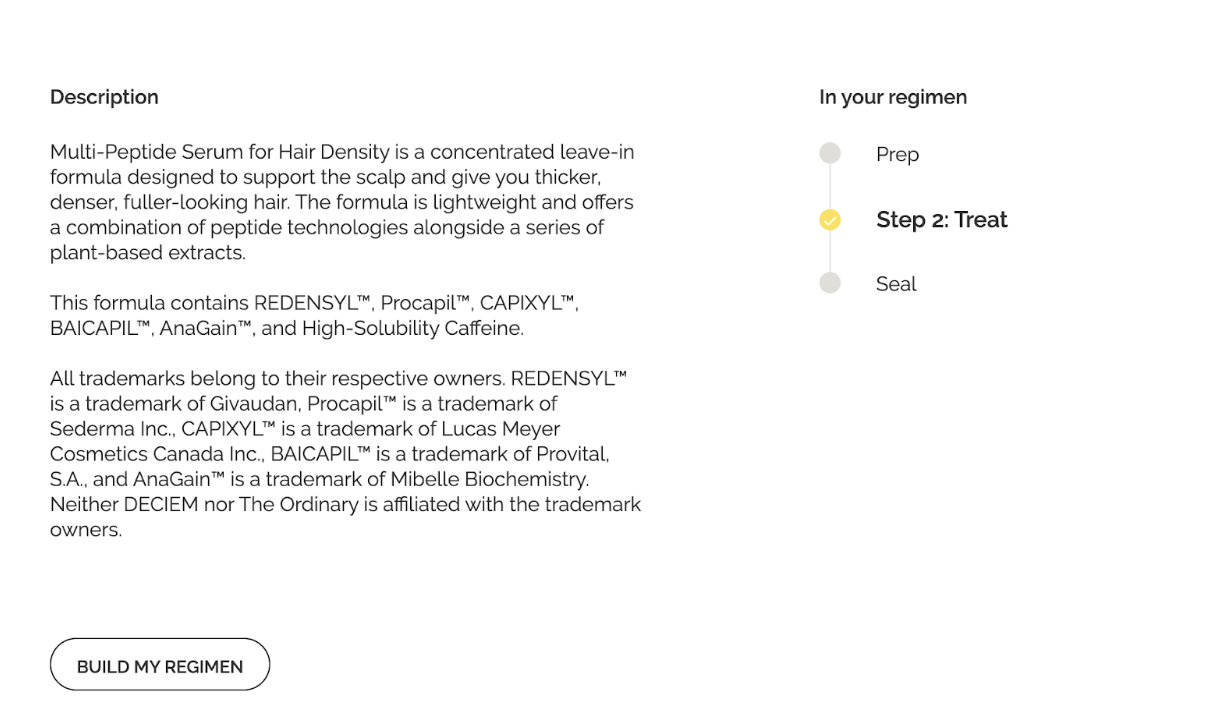

This is a wonderful shopping experience – and likely leads to many won purchases. But where The Ordinary’s digital presence starts to fall apart is through third-party retailers. On global beauty retailer, Sephora’s website,The Ordinary offers some product information, visual assets, and usage instructions, but doesn’t provide nearly the same level of personalization, context, or user-friendliness as their own eCommerce site. If I stumble across their product on Sephora, I may need to do some more research or look at some competitor’s before I make my decision.

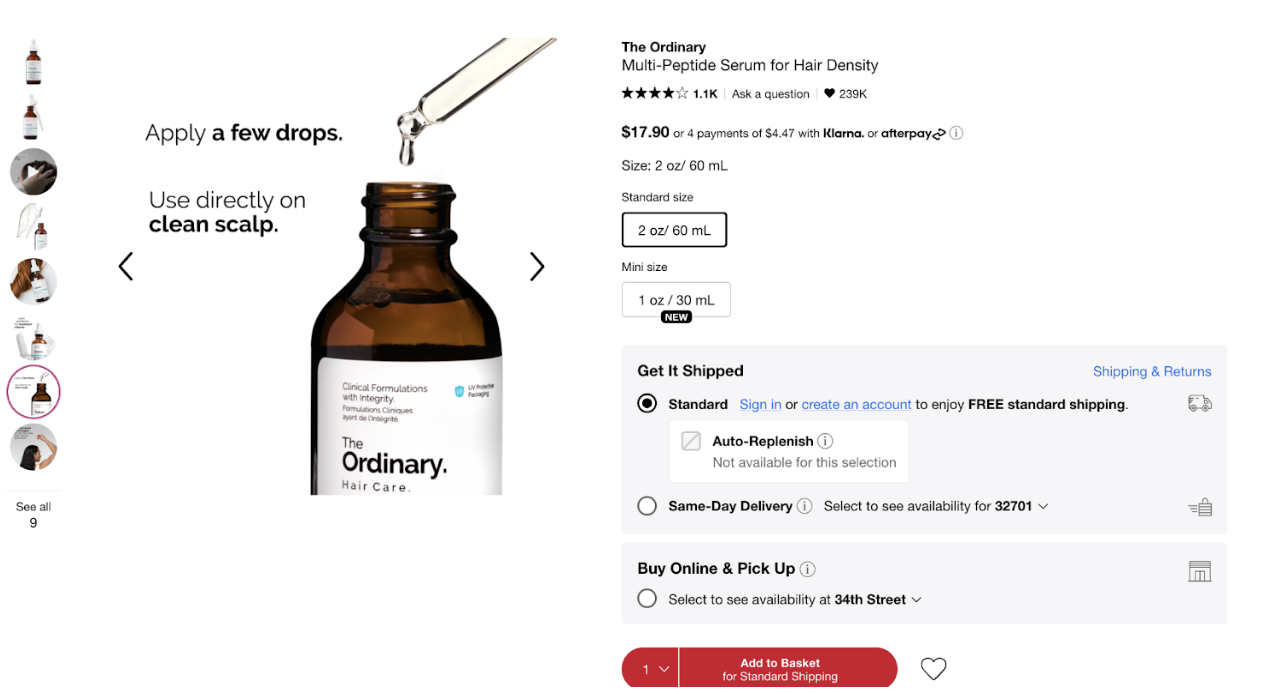
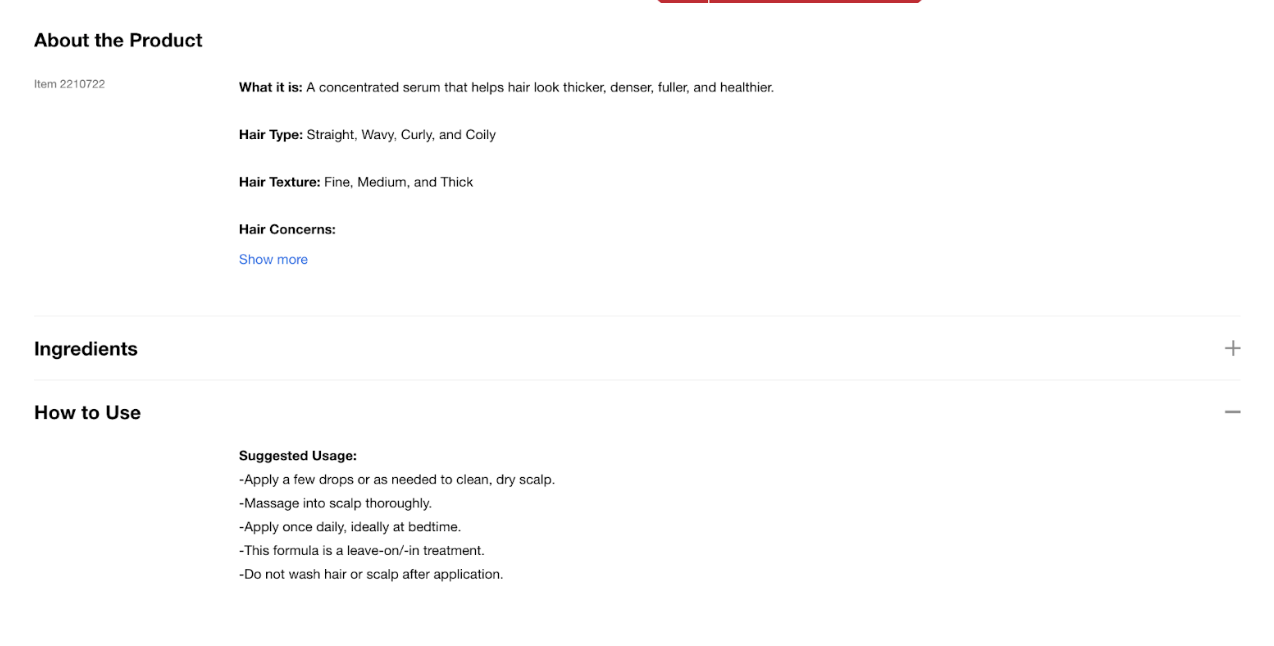
Lastly, let’s take a look at The Ordinary’s presence on online retailer behemoth, Amazon. Blurry photos, keyword-crammed product titles, and a significant lack of product information all add up to a less-than-stellar customer experience if I’m searching for The Ordinary on the Internet’s largest digital retailer. There are no videos, no mention of the cruelty-free and vegan aspect of their organization, and very limited instructions and directions for the product, not to mention that it is listed at a significantly higher price than on their own eCommerce site or Sephora. As a consumer, this is a recipe for an abandoned cart and a switch to a competitor with a stronger Amazon presence.


On the flip side, let’s take a look at a hair and skincare brand that has mastered the art of omnichannel experiences, NUXE Paris. Starting with their own eCommerce site, NUXE offers photos, videos, in-depth ingredient lists, usage tips, suggested companion products, and a slew of verified user reviews. Everything I need as a consumer to make an informed purchase decision.
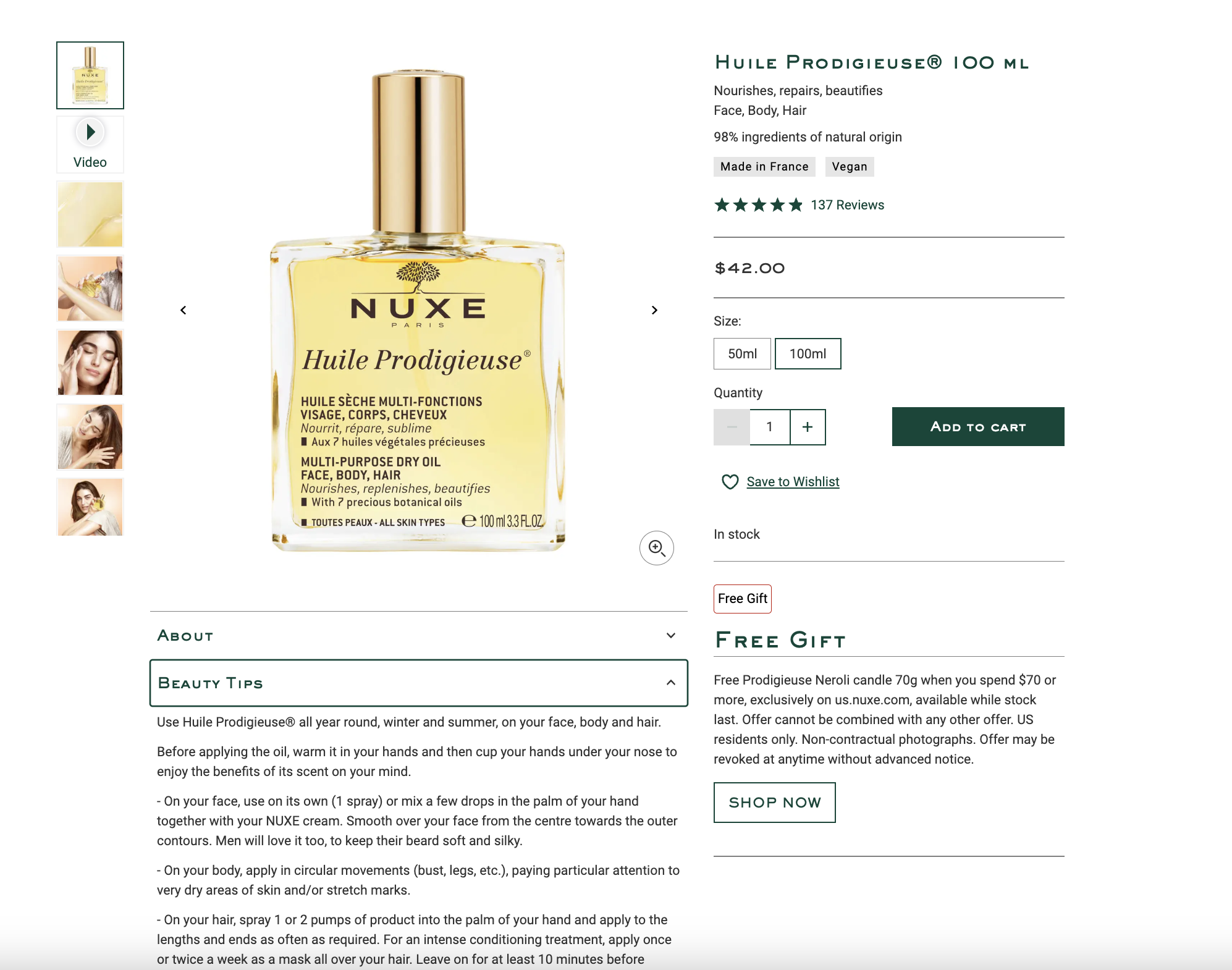
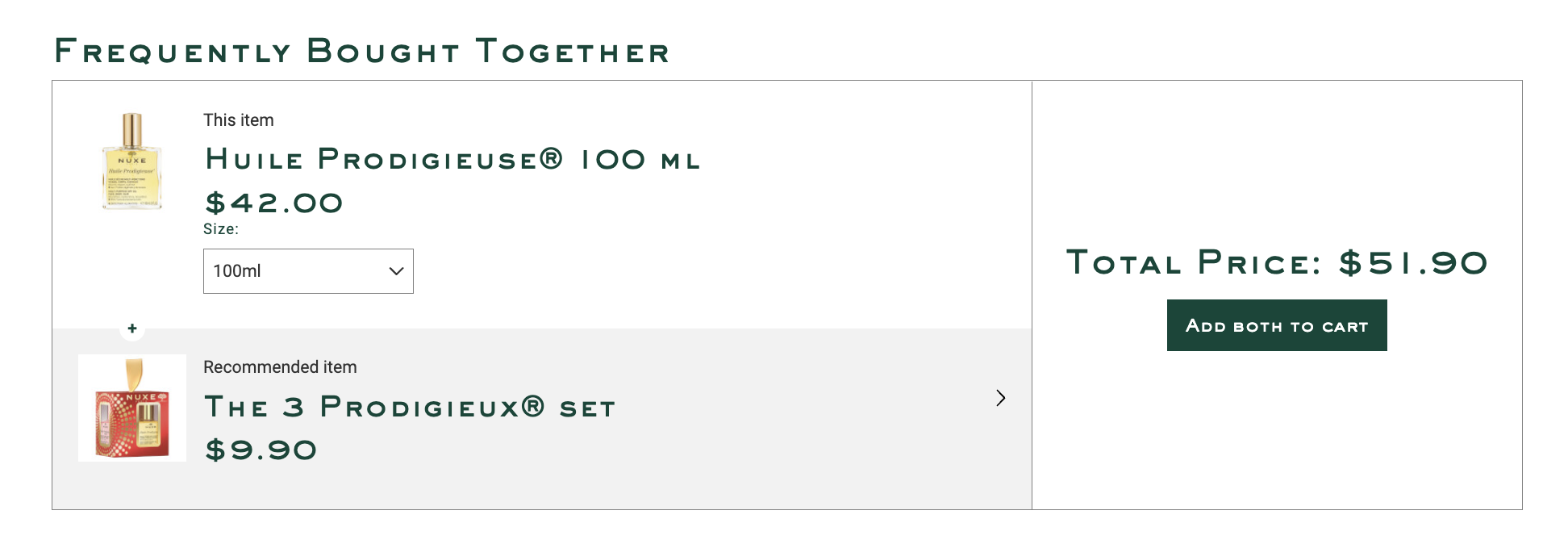
Unlike The Ordinary, NUXE Paris offers similarly engaging and compelling experiences even on third-party retailer sites. Even though they don’t own the channel, they still offer up appealing visual assets, application instructions, recommended supplemental products, up-to-date shipping and stock information, ingredients, and user reviews. They’re even able to communicate their brand values, by highlighting their commitment to sustainability and creating natural products.
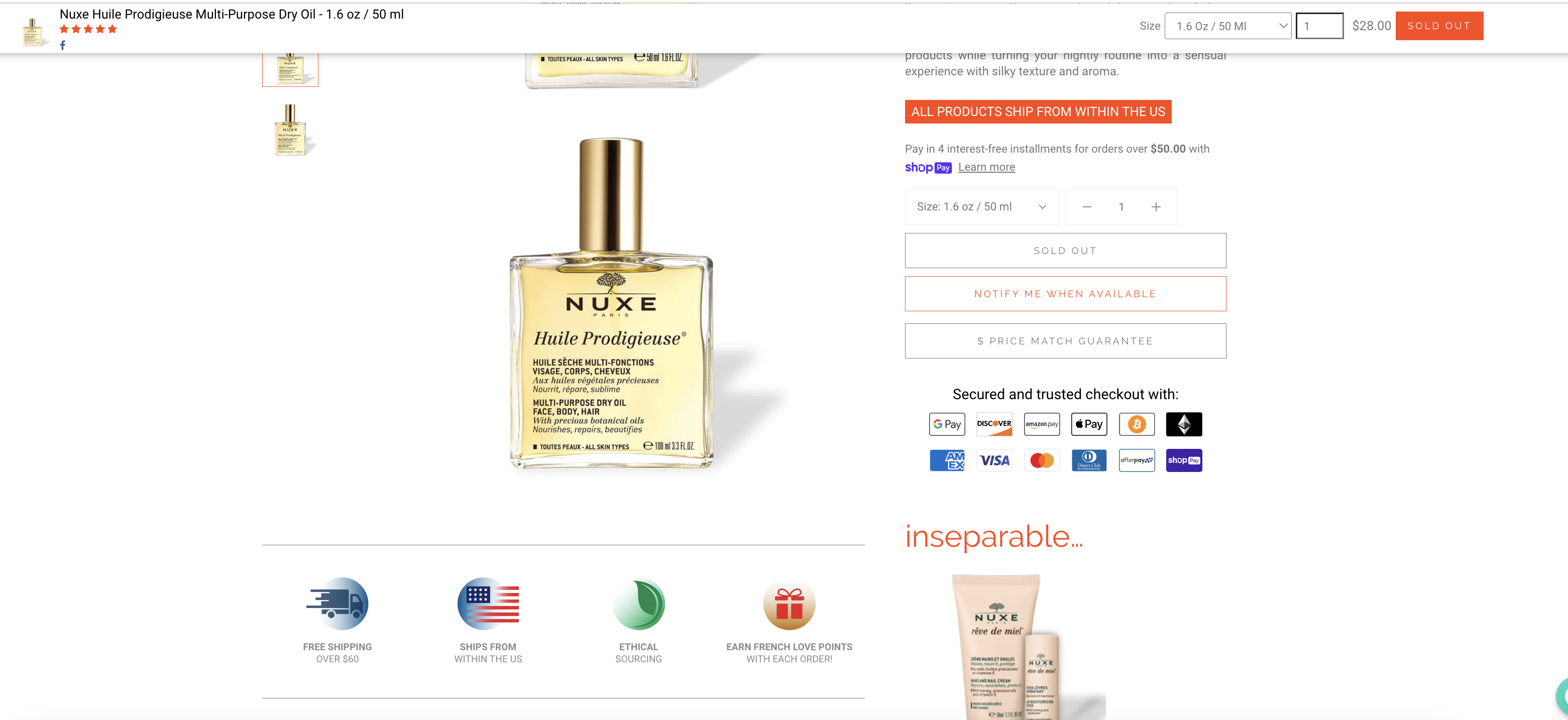
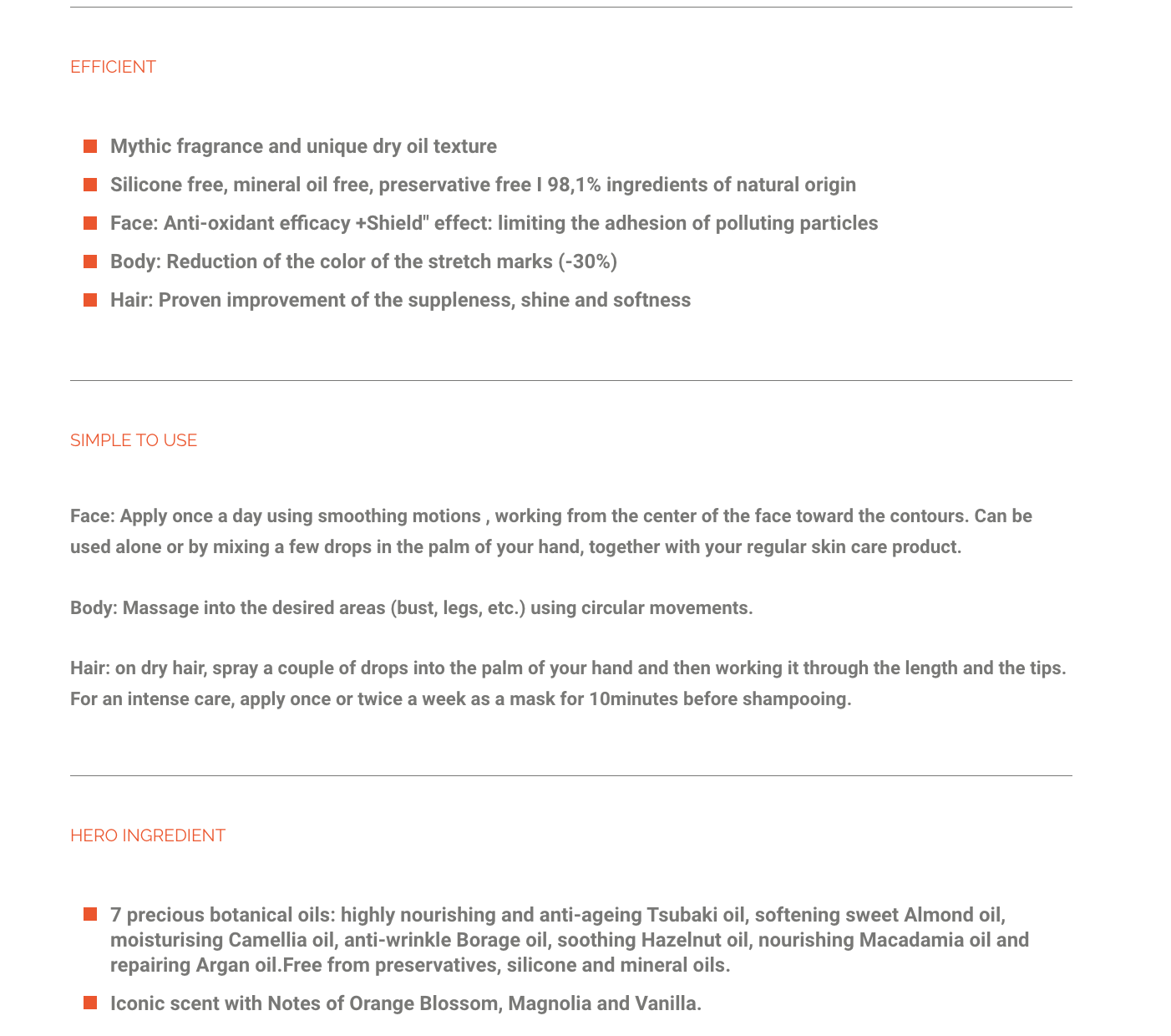
They’re even able to communicate their brand values, by highlighting their commitment to sustainability and creating natural products.
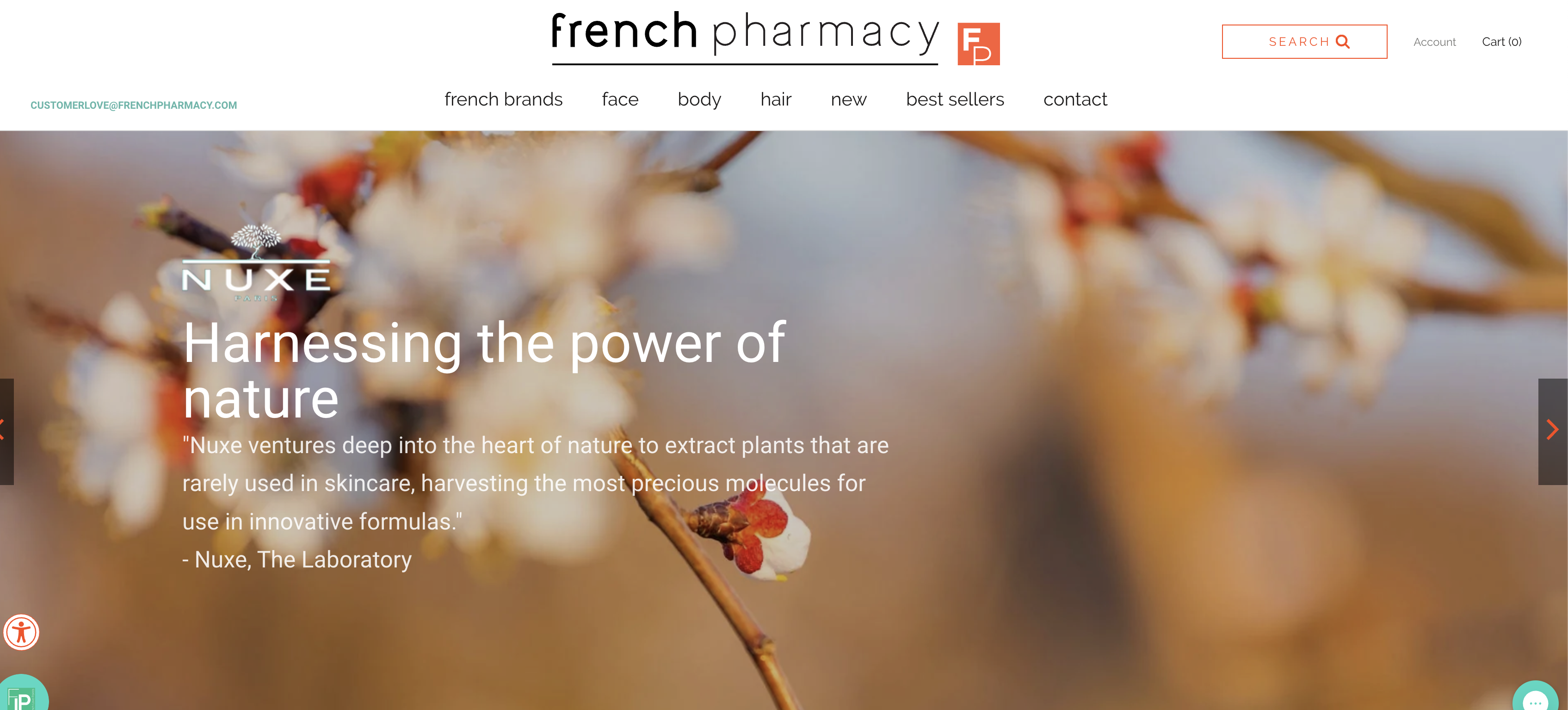
And what about on Amazon? You guessed it, NUXE provides an equally compelling experience on that digital touchpoint as well. They offer interesting visual assets, including photos, videos, and illustrated demonstrations for application, as well as important product data, stock information, and details about the brand’s emphasis on natural ingredients. A shopper would have everything they need right here in order to make a decision, and wouldn’t have to go hunting for the information they’re looking for, even on a third-party channel that NUXE doesn’t own.
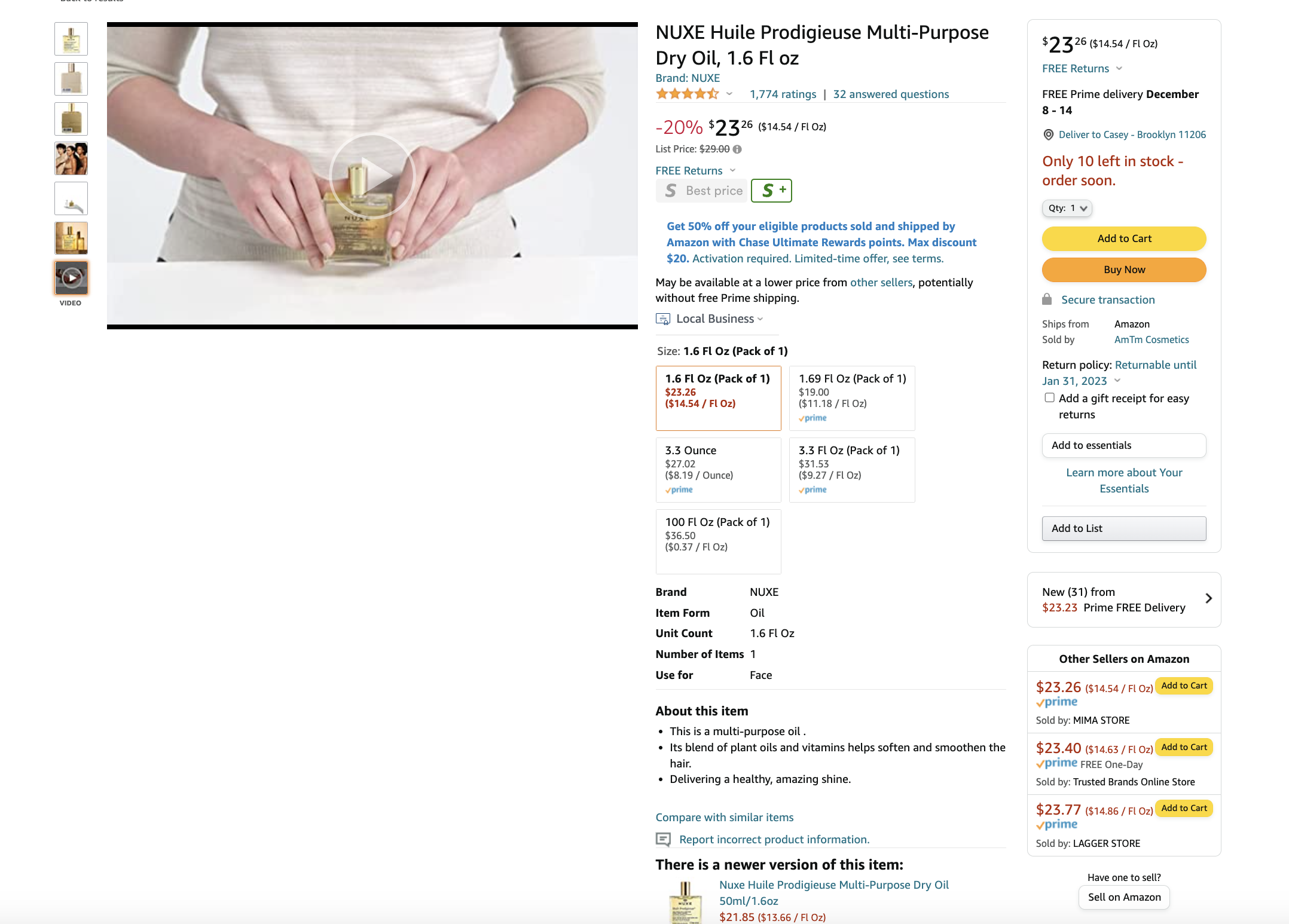

Now, let’s be clear: while these examples focus on online touchpoints, winning the digital shelf doesn’t mean abandoning or ignoring your in-person channels as well. Omnichannel truly does mean omnichannel, and includes digital, hybrid, and traditional shopping experiences. With options such as Reserve Online, Pickup In-Store (ROPIS), Buy Online, Pickup In-Store (BOPIS), and Buy Online, Return In-Store (BORIS) becoming increasingly popular, creating consistent and compelling in-store experiences are still just as important today as their digital counterparts.

Midwest farm supply chain company, Rural Kings, was able to accelerate revenue growth and restore customer confidence by implementing a Buy Online, Pick-Up in Store (BOPIS) method that was previously unavailable to their customer base. This came with a double-dose of benefits as both their eCommerce sales and retail foot traffic saw a significant bump.
This omnichannel utopia on the digital shelf cannot be achieved without the proper infrastructure and technology in place to support it. This kind of scalability, flexibility, and adaptability can only be found in a Product Cloud.
What is a Product Cloud?
A Product Cloud is a composable SaaS-based solution for orchestrating, activating, and optimizing the entire product story across all owned and unowned channels. It enables brands and organizations to create exceptional omnichannel product experiences, across the digital shelf and beyond.
The modular nature of a Product Cloud means that your team is able to personalize your tech stack to fit the exact needs of your organization. This best-of-breed approach gives the Product Cloud the scalability and flexibility it needs to support ever-evolving shopping trends and touchpoints.
Plus, Product Clouds should be able to support the entire product record, including both hot (dynamic) and cold (static) data. From pricing to digital assets to size dimensions to user-generated content, the Product Cloud acts as a single system of record to house all of this product data that is scattered across different technologies.
With a central repository of product information, activating your product story across the digital shelf becomes that much more simple. A Product Cloud enables your team to create compelling and consistent product experiences across any owned or unowned sales and marketing channels, markets, and product catalog segments, and prepares you to be successful on the channels and touchpoints of tomorrow.
The last defining feature of a Product Cloud is its usability; any number of users, managers, administrators, developers, or integrators should be able to hop in at any point and understand what product information lives where, how to access it, and how to syndicate it to the right channels in the right way.
Technologies that require extensive training, or rely on individual employees who know how to operate the system, simply aren’t scalable and can’t support the sort of omnichannel strategy needed in order to win on the digital shelf.
Utilizing Product Cloud technology to support omnichannel product activation means higher conversion rates, increased customer satisfaction and loyalty, improved employee productivity, smoother internal communication and processes, and a faster time-to-market for new products and channels.
The digital shelf is considerably more expansive than the physical shelf in a brick-and-mortar store, and with 66% of shoppers saying they would abandon a purchase after a negative digital interaction, it’s clear to see that even just one bad experience on any of these digital touchpoints can have lasting effects.
The answer to winning on the digital shelf lies in your brand’s omnichannel product activation strategy. But your digital efforts will never get off the ground if you try to solve for only syndication or syndication first or syndication in a silo. The digital experience is different than the in-person experience, and you need to have the right technology and processes in place in order to support compelling and consistent product experiences across the digital shelf.
If your team is ready to activate your brand’s story across all the digital touchpoints of today and tomorrow, reach out to us today to see how Akeneo Product Cloud can support your omnichannel growth strategy.
Sign up for our newsletter and stay ahead of the curve on everything you need to know about product information management, product experience management and how to unlock growth for your organization.
